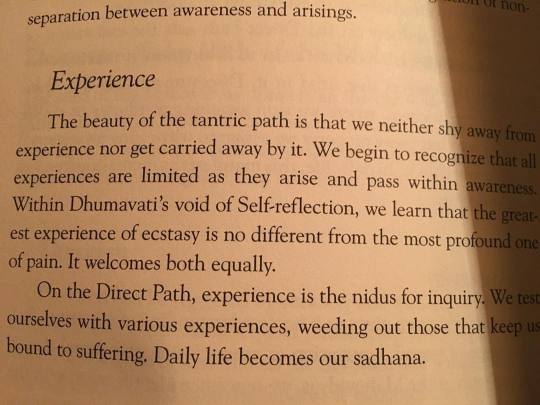Text
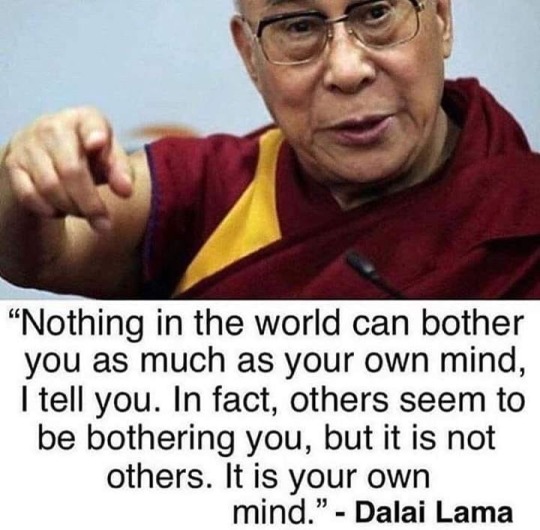
338 notes
·
View notes
Text
The past no longer is. The future has not yet come. So look deeply at life as it is.
Gyalwang Drukpa
13K notes
·
View notes
Text
This is true and it was good to be reminded. ❤️

303 notes
·
View notes
Text

The dandelion is considered an invasive weed by most. The plant itself is actually very valuable for wild foragers. All parts are edible, the flowers can be made into wine and the roots are a liver tonic. A perfect example of a bad seed turned good. 😊
#dandeleon#seeds#inner strength#seeds of love#seeds of peace#positive vibes#personal transformation#personal empowerment
2 notes
·
View notes
Photo
Yes, refreshing.

107 notes
·
View notes
Text
Just some thoughts.
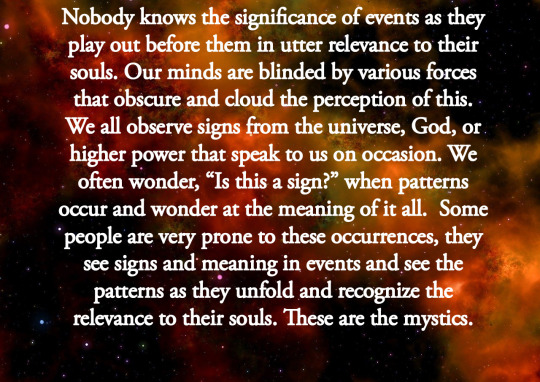
2 notes
·
View notes
Text
I’m just now really getting started with blogging. I have some raw ideas and expressions I just need to put out there.
1 note
·
View note
Quote
Why are we embarrassed by silence? What comfort do we find in all the noise?
Mitch Albom (via quotemadness)
I feel this on a personal level..
3K notes
·
View notes
Text



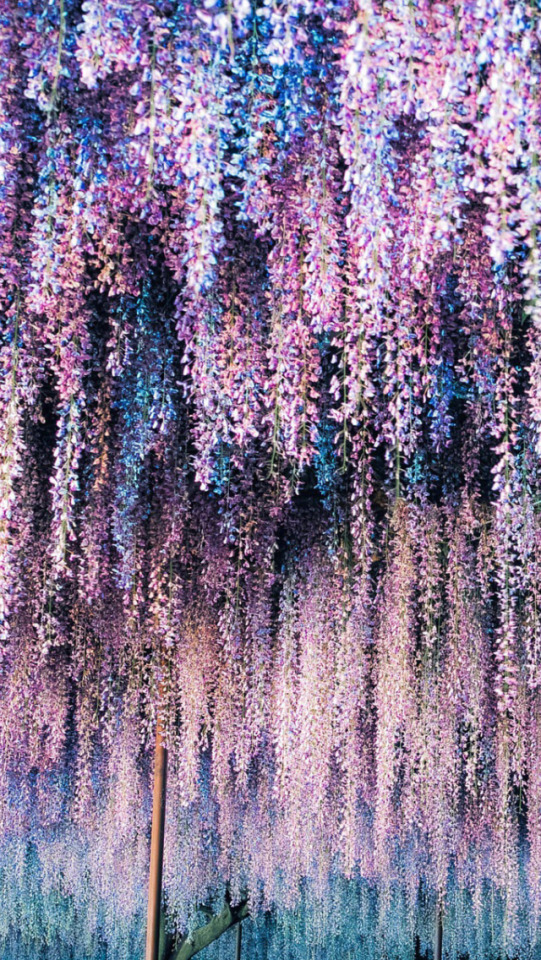





Like or reblog if you save, sweetheart x
24K notes
·
View notes
Photo
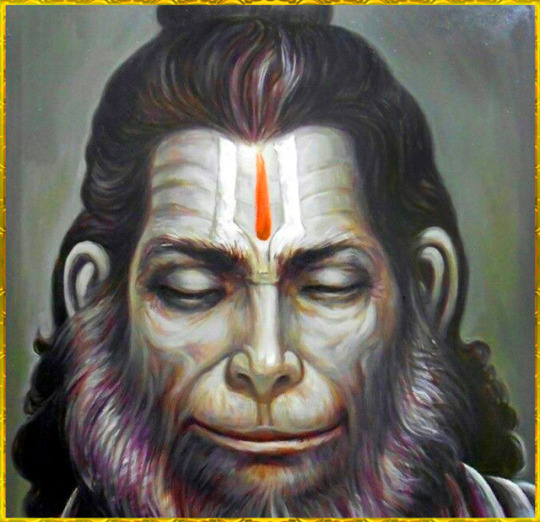
☀ SHRI HANUMAN ॐ ☀
“Those persons who always chant “Shri Ram”, “Shri Ram”, without any doubt would get victory as well as salvation and happiness.”~Ram sthava Raja
63 notes
·
View notes
Text
Real Meaning of Karma
The Sanskrit word Karma has now entered the English language and is commonly used to mean someone will get what they deserve.
We can hear people say things like “it’s her karma” “instant karma” “karma is going to get you”
But the original meaning and spiritual use is this word is actually quite different.
In its original context karma refers to action more precisely volitive action.
Buddhist teachings on Karma do involve cause and effect, but Karma is specifically the action and cause, not results or payback!
With a correct understanding of Karma we realise Nirvana isn’t from liberation from results of actions but rather liberation from acting with volition/desire.
Both the Tao Te Ching and the Bhagavad Gita agree with Buddhism that the highest way is acting without volition or intention. The Tao calls it Wu Wei, effortless effort, while Krsna in the Gita tells people to perform their duties without regard to outcomes or results.
Breaking the bonds of Karma isn’t about escaping from the effects of previous actions, instead it’s actually about learning to act in accordance with nature without desire, greed and hatred!
1K notes
·
View notes
Text
The Forms of Tārā
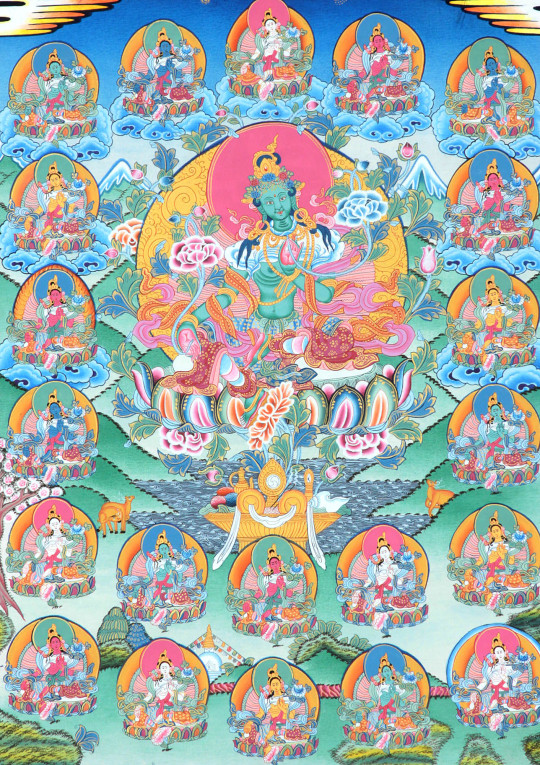
The Buddhist deity Tara (not to be confused with the Hindu goddess of the same name) is one of the more popular Buddhist figures. She has up to 21 different forms, each with their own colors, personalities, and specialties.
Some forms of Tārā include:
White Tārā, (Sitatārā) with two arms seated on a white lotus and with eyes on her hand and feet, as well as a third eye on her forehead (thus she is also known as “Seven eyed”). She is known for compassion, long life, healing and serenity. Also known as The Wish-fulfilling Wheel, or Cintachakra.
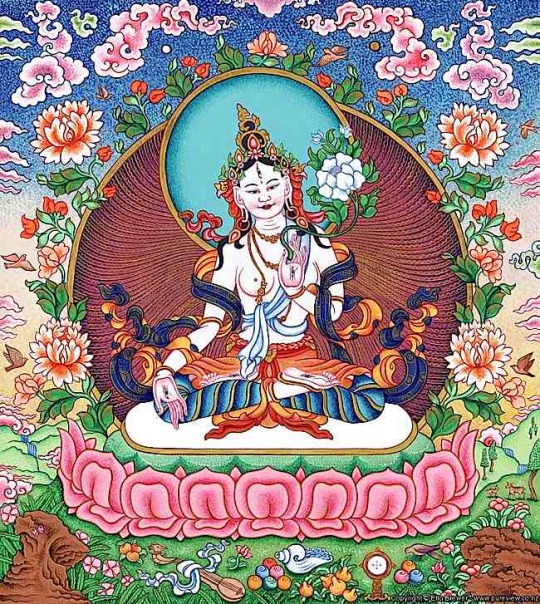
Pravīratārā, “Tārā Swift and Heroic”, a Red colored form with eight arms holding bell and vajra, bow and arrow, wheel, conch, sword and noose.
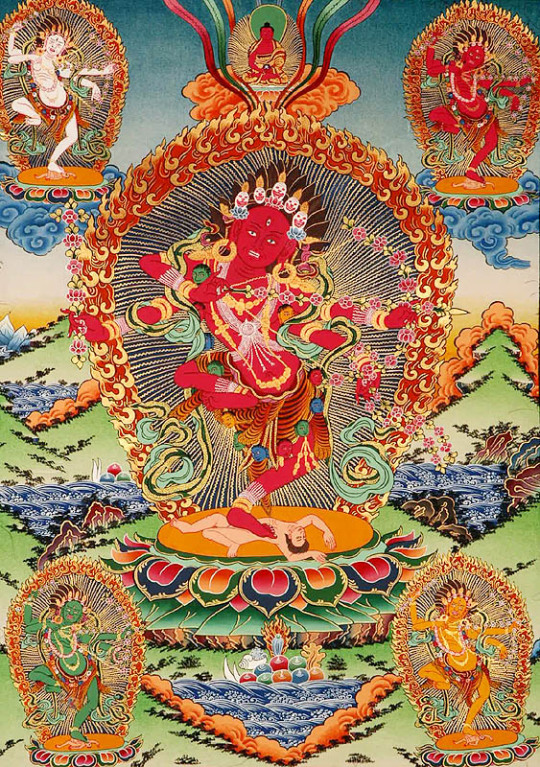
Kurukullā (Rikchema) of red color and fierce aspect associated with magnetizing all good things.
Black Tārā (Ugra Tārā), associated with power.
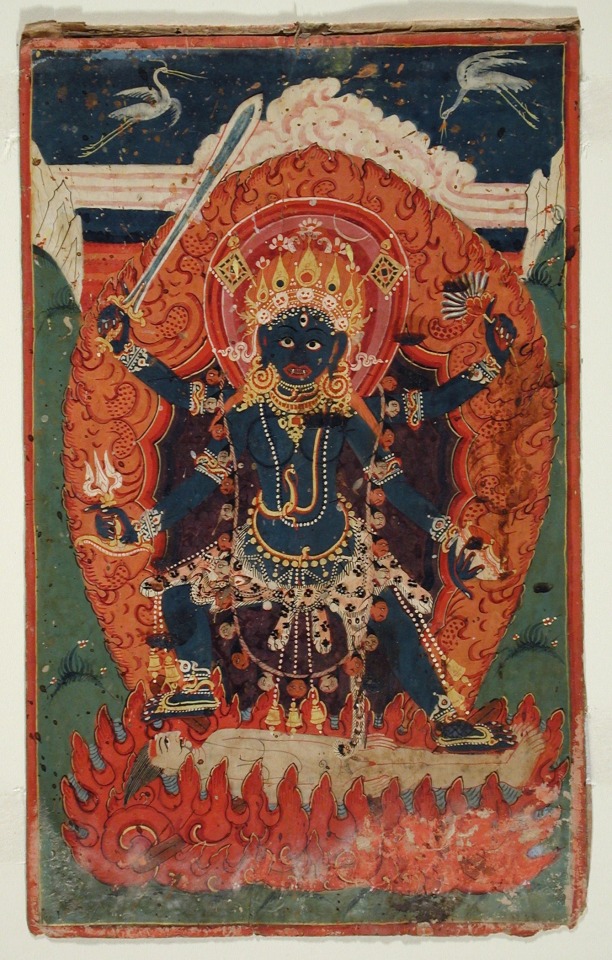
Various forms of Yellow or Golden colored Tārās, sometimes associated with wealth and prosperity including “Yellow Cintamani Tārā” (“Wish-Granting Gem Tara”) holding a wish granting jewel, eight armed “Vajra Tārā” and golden “Rajasri Tārā” holding a blue lotus.
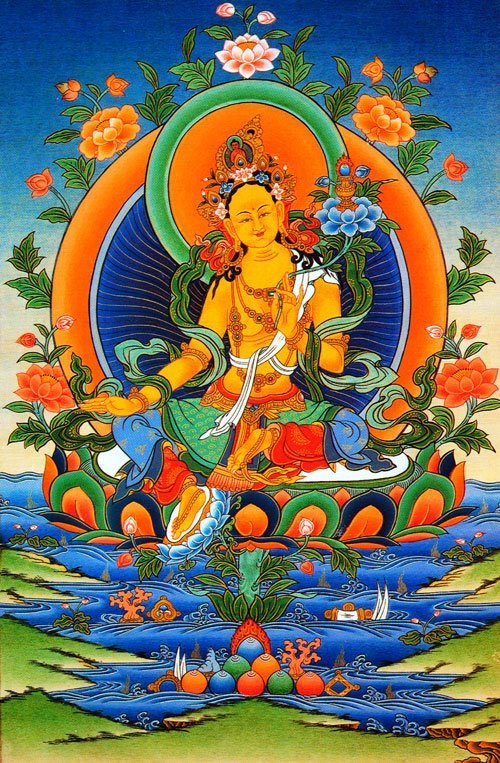
Blue Tārā (Ekajati), wrathful with many heads and arms, associated with transmutation of anger.
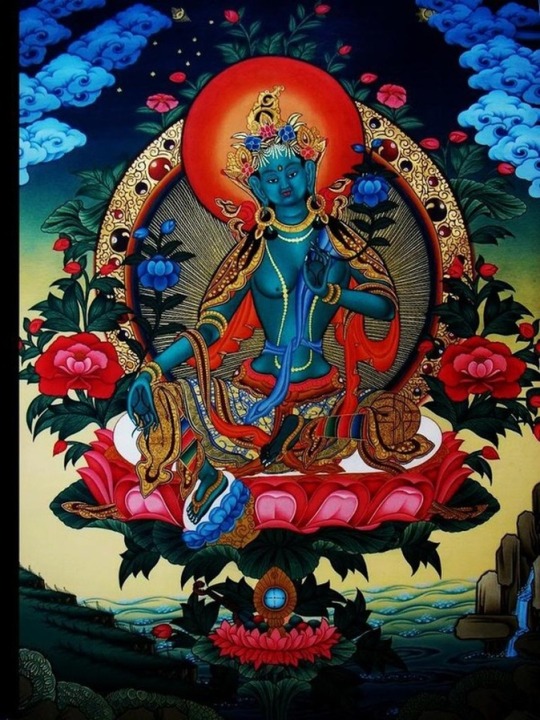
Cintāmaṇi Tārā, a form of Tārā widely practiced at the level of Highest Yoga Tantra in the Gelug School of Tibetan Buddhism, portrayed as green and often conflated with Green Tārā.

Sarasvati (Yangchenma), known for the arts, knowledge and wisdom.
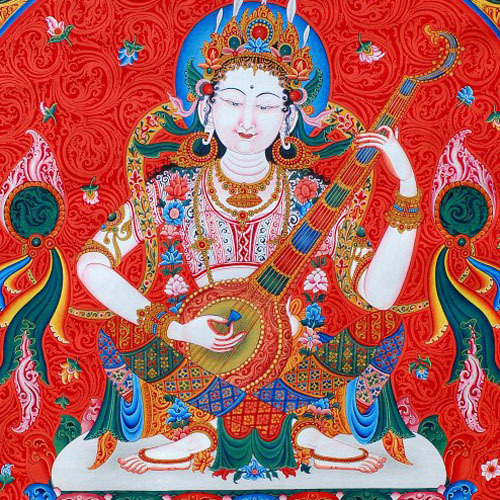
Bhṛkuṭītārā (Tronyer Chendze), “Tārā with a Frown”, known for protection from spirits.
Uṣṇīṣavijaya Tārā, White Tārā named “Victorious Uṣṇīṣa” with three faces and twelve arms, associated with long life.
Golden Prasanna Tārā - wrathful form, with a necklace of bloody heads and sixteen arms holding an array of weapons and Tantric attributes.
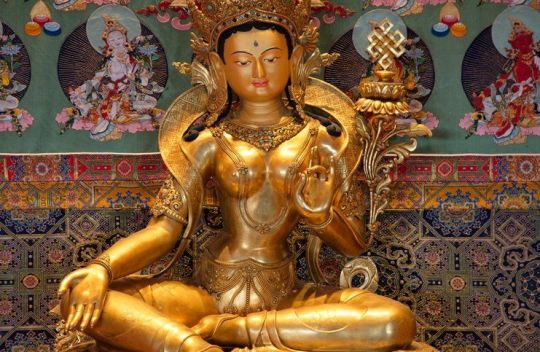
Yeshe Tsogyal (“Wisdom Lake Queen”), the consort of Padmasambhava who brought Buddhism to Tibet, was known as an emanation of Tārā.
Rigjay Lhamo, “Goddess Who Brings Forth Awareness,” seated in royal posture surrounded by rainbow light.
Sitatapatra Tārā, protector against supernatural danger.
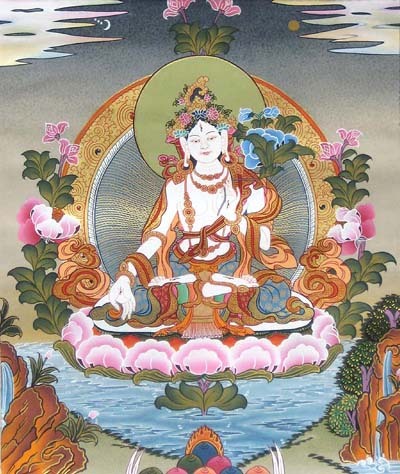
Of her many forms, the Green and White Tara are usually the most well-known.
1K notes
·
View notes
Photo
Chhinnamasta. So deep, powerful and meaningful.
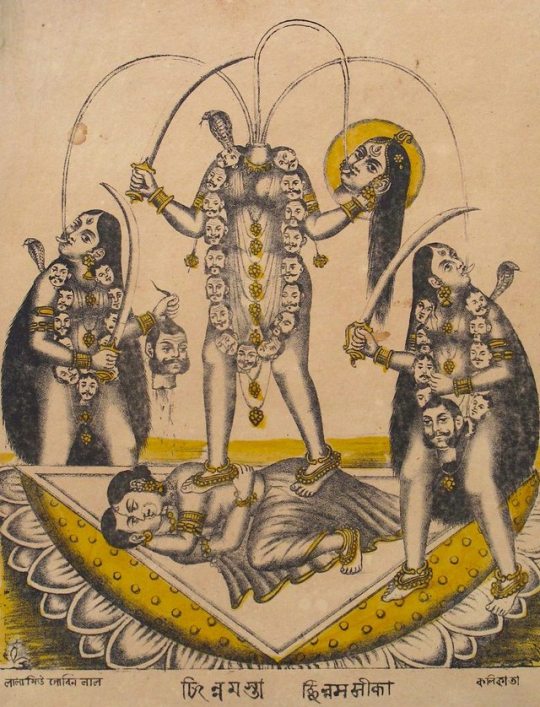
छिन्नमस्ता
2K notes
·
View notes

